© ROOT-NATION.com - Use of content is permitted with a backlink.
In the summer of 2023, the United States Navy commissioned a new Virginia-class nuclear-powered submarine, the USS Hyman G. Rickover, as part of the Block IV variant. Notable advantages of this variant include an extended service life and accelerated construction. Bearing the hull number SSN 774, this submarine became the fourth vessel constructed under the multi-year contract for Virginia-class submarines, Block IV.
Nuclear submarines represent the pinnacle of technology. Worldwide, only nine countries have developed nuclear weapons, and of these, as of 2023, only six utilize nuclear technologies in submarines: the United States, China, France, India, the United Kingdom, and Russia.

Nuclear-powered submarines are technologically superior to traditional propulsion vessels in many ways. Nuclear submarines can remain submerged for months, allowing for long reconnaissance missions or pre-attack planning that other submarines simply cannot accomplish. It is estimated that they could remain submerged for 20 years if not for the need to take supplies on board, such as food for the crew. This makes them an invaluable tool in global maritime operations.
These vessels can reach higher speeds than traditional submarines, increasing their value in any potential conflict. However, nuclear-powered submarines tend to be louder than other underwater vessels because of the constant operation of the ship’s reactor. In addition, they are also larger and less agile than traditional vessels. As a consequence, navies using nuclear submarines continue to support non-nuclear alternatives to maintain combat readiness under many unique circumstances.
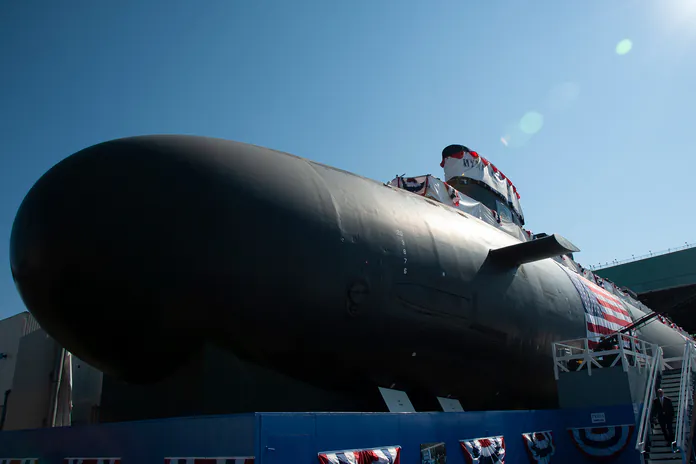
Nuclear submarines are true engineering marvels, but some of them stand head and shoulders above others. Today we will talk about the top 5 most impressive and modern nuclear submarines.
Read alsо:
- Weapons of Ukrainian Victory: Stridsbåt 90H (CB90) amphibious assault craft
- Weapons of Ukrainian Victory: Long-range AASM Hammer bombs
Virginia-class American submarines
The Virginia-class fast attack submarines are among the newest vessels in the arsenal of the U.S. Navy. The contract for the construction of this new propulsion platform was awarded to Babcock & Wilcox Nuclear Operations in 2014, and the submarines themselves were assembled in Newport News, Virginia, by Huntington Ingalls Industries and General Dynamics Electric Boat. As of today, there are 21 active Virginia-class submarines in service. The first submarine of this class, the Virginia, was commissioned in 2004.
 These submarines are intended to replace the existing Los Angeles-class boats, which are scheduled for decommissioning and retirement in the coming years. This provides the operators of Virginia-class submarines with an undeniable advantage in interception and surveillance operations conducted in hostile waters.
These submarines are intended to replace the existing Los Angeles-class boats, which are scheduled for decommissioning and retirement in the coming years. This provides the operators of Virginia-class submarines with an undeniable advantage in interception and surveillance operations conducted in hostile waters.

Virginia-class submarines are equipped with Tomahawk missiles and MK48 ADCAP torpedoes. These vessels can achieve speeds of over 25 knots and excel in shallow-water operations. A unique feature of these submarines is their reconfigurable torpedo room. This space can serve as a base for deploying special operations teams during extended missions. Additionally, the submarines are equipped with a lockout chamber, allowing divers to enter and exit the vessel without the need to surface.
Read also:
- Weapons of Ukrainian Victory: Westland Sea King helicopters
- Weapons of Ukrainian Victory: RM-70 Vampire MLRS
The United Kingdom launched HMS Vanguard in 1993, and since then, four Vanguard-class submarines have served as the country’s primary underwater patrol fleet. These submarines operate on nuclear reactors and have the capability to deploy ballistic missiles. They are a cornerstone of Britain’s nuclear deterrence capabilities.

Vanguard-class submarines carry 16 Trident II D5 missiles with 12 MIRV warheads (resulting in up to 192 individual nuclear warheads). The ships are equipped with four torpedo tubes and carry Spearfish torpedoes for conducting underwater or surface combat operations. The submarines can achieve speeds of around 25 knots, placing them on par with other nuclear-powered submarines traversing the depths of the world’s oceans.
While Vanguard-class submarines are a critically important element of the United Kingdom’s defense backbone, the newest of the four ships was commissioned in 1999, over 20 years ago. In contrast, the United States, Russia, and other countries are deploying new vessels to fulfill deterrence and underwater surveillance missions.
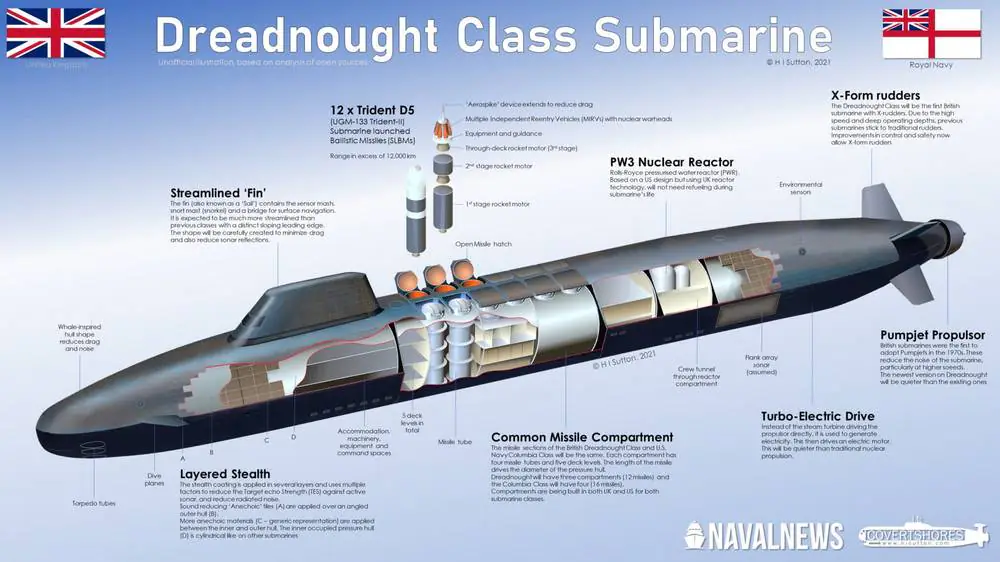
On its part, the British government continues to develop new submarine technologies and intends to replace these four Vanguard-class ships with a new class called Dreadnought by the 2030s.
Read alsо:
- Weapons of Ukrainian victory: Skynex anti-aircraft artillery systems from Rheinmetall
- Weapons of Ukrainian Victory: The self-propelled 122 mm mortar system Rak
Suffren, the first French Barracuda-class attack submarine
In June 2022, the French Navy bolstered its submarine fleet with a new Barracuda-class vessel. Suffren is the first of six submarines set to join the fleet in the coming years. It can dive to a depth of 350 meters to undertake 70-day missions. Despite being relatively small compared to other vessels of its type (99 meters in length), the ship is equipped with technologies that help it remain silent underwater and deadly when necessary.
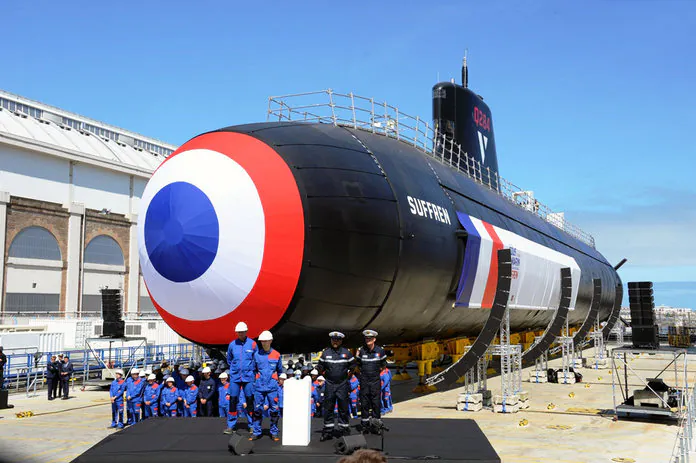 The ship is armed with cruise missiles that can be launched through torpedo tubes, wire-guided torpedoes, anti-ship projectiles, and mines. The submarine is also capable of supporting special operations groups, with shelter on the dry deck facilitating the deployment of combat swimmers and underwater vehicles.
The ship is armed with cruise missiles that can be launched through torpedo tubes, wire-guided torpedoes, anti-ship projectiles, and mines. The submarine is also capable of supporting special operations groups, with shelter on the dry deck facilitating the deployment of combat swimmers and underwater vehicles.

The Barracuda-class submarine lineup will replace the French Le Triomphant-class submarines. Many weapon systems are similar to those of the previous generation. With greater surface area, a 60-day mission duration, and a fleet of four ships, Barracuda-class submarines will significantly enhance France’s capabilities in intelligence gathering, deterrence, and preemptive strikes.
Read also:
- Weapons of Ukrainian Victory: L3Harris VAMPIRE Multi-purpose System – “Drone Killer”
- Weapons of Ukrainian Victory: Sonobot 5 surface drones
American Ohio-class submarine
The Ohio-class submarine stands tall among other modern submarines. The 14 remaining Ohio-class ballistic missile submarines (along with four converted guided-missile submarines) are the largest submarines deployed by the U.S. Navy. Typically, they conduct 70-day patrols but can remain submerged for as long as necessary, limited only by the crew’s needs for food and other provisions. Ohio submarines are capable of diving to depths of around 240 meters, but there have been instances where they have submerged to depths of 450 meters.

These vessels can achieve speeds of over 30 knots and carry up to 154 Tomahawk missiles, as well as Trident II D-5 nuclear warheads, with a range of approximately 6,500 nautical miles and up to 12 warheads per missile.
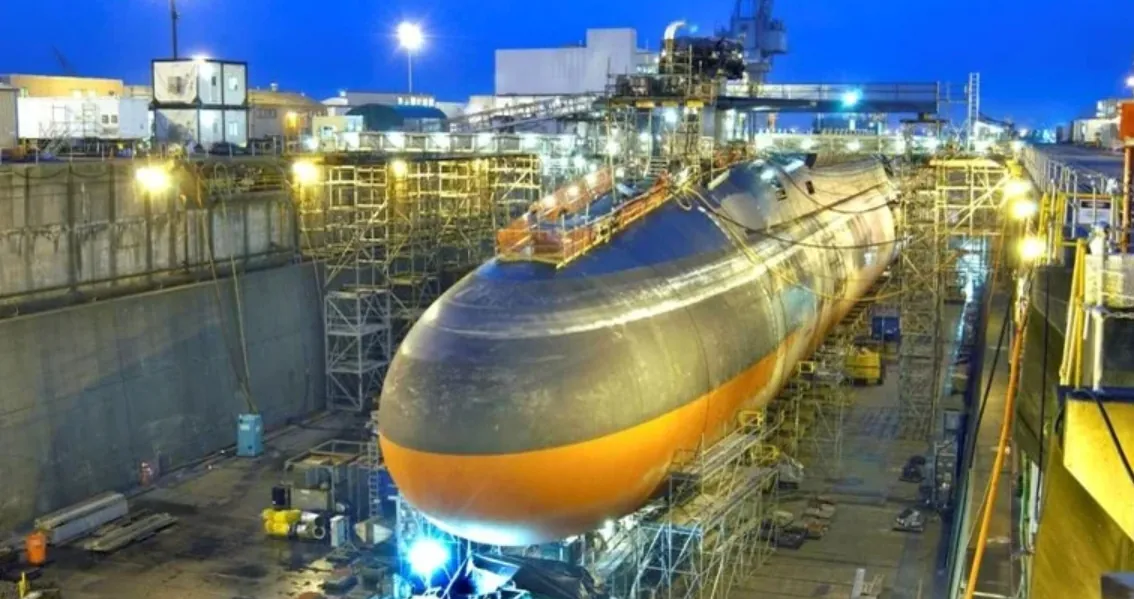
Thus, the potential firepower amounts to hundreds of nuclear warheads capable of traversing any hemisphere from which they were launched. Submarines can also strike underwater, equipped with Mk48 torpedoes and four torpedo tubes for attacking surface vessels and other submarines. This led Popular Mechanics magazine to dub the Ohio-class submarine “possibly the most destructive weapon on the planet”.
Read also:
- Weapons of Ukrainian Victory: T-155 Firtina self-propelled artillery system
- Weapons of Ukrainian Victory: UAV Primoco One 150
Russian Borei-A-class nuclear submarines
In 2022, the Russian Navy deployed a new Borei-A-class submarine into the White Sea to commence factory trials of its latest design. The SSBN Generalissimus Suvorov is a fourth-generation nuclear-powered submarine intended to join the Pacific Fleet by the end of 2022. This vessel marks the third Borei-A type submarine handed over to the Russian Navy, following the Prince Vladimir in 2020 and the Prince Oleg in 2021.
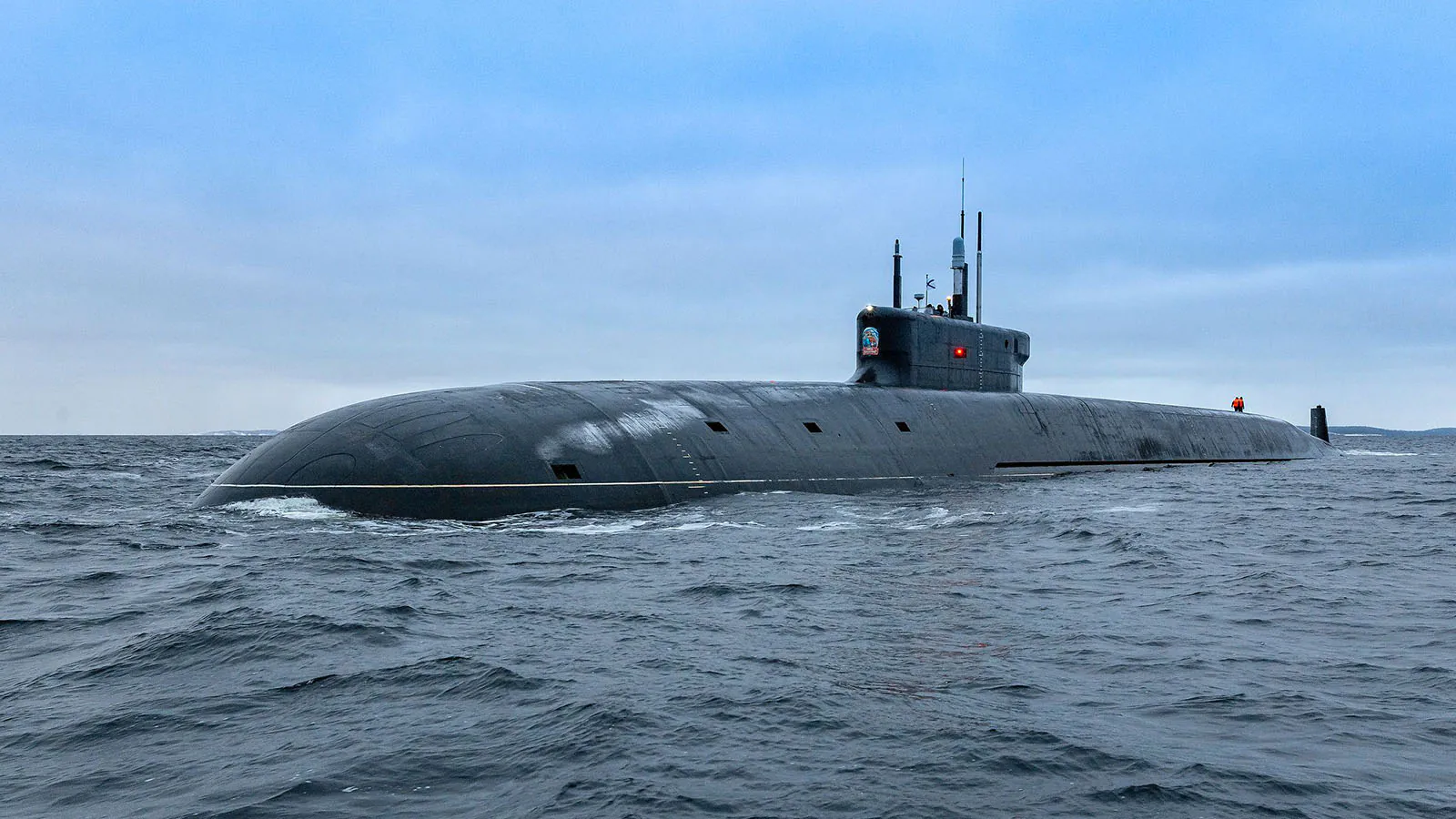
The platform represents an upgraded model compared to the previous Borei-class project, incorporating enhanced stealth capabilities (through quieter operation) and deep-water maneuverability. These submarines are typically armed with 16 intercontinental ballistic missiles (ICBMs) and 533mm torpedoes. The Norwegian publication The Barents Observer reported on December 29, 2022, that the Generalissimus Suvorov had indeed been inducted into the Russian Pacific Fleet during a ceremonial dedication ceremony and would carry missiles with nuclear warheads, rather than conventional munitions.
The ICBMs of submarines are capable of targeting objects at a range of 10,000 km and are equipped with approximately eight MIRV (Multiple Independently-targetable Reentry Vehicle) missiles, which can facilitate the launch of multiple warheads simultaneously, each aimed at independent targets.

As for other countries, the submarine fleet of the People’s Liberation Army Navy of China consists of 12 nuclear-powered submarines, while Australia is poised to become the world’s first non-nuclear nation with nuclear submarines. The country plans to acquire up to five Virginia-class submarines from the United States, with the first three slated for delivery in the early 2030s. These submarines will not carry nuclear weapons but will be powered by nuclear propulsion.
As a reminder, according to the Stockholm International Peace Research Institute (SIPRI), nuclear-armed states are increasing the number of deployed warheads. SIPRI data indicates that out of a total of 12,512 warheads worldwide as of January, approximately 9,576 were stored in military stockpiles for potential use, which is 86 warheads more than in January of the previous year. Among these, roughly 3,844 warheads were deployed on missiles and aircraft, with around 2,000 (mostly belonging to the United States and Russia) maintained at heightened readiness, meaning they were installed on missiles or located at airbases with strategic bombers.
Read also:
- Weapons of Ukrainian victory: BGM-71 TOW ATGM
- Weapons of Ukrainian victory: APC Senator armoured vehicle
- Weapons of Ukrainian victory: Storm Shadow / SCALP-EG cruise missiles

